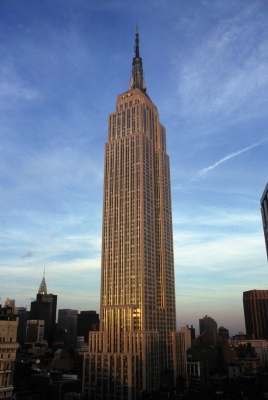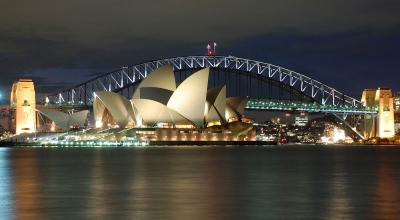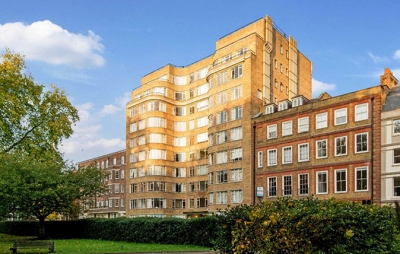Located on Port Jackson in Australia, which building, with white sail-shaped shells as its roof structure, is one of the most-photographed buildings in the world?

Sydney Opera House, opera house located on Port Jackson (Sydney Harbour), New South Wales, Australia. Its unique use of a series of gleaming white sail-shaped shells as its roof structure makes it one of the most-photographed buildings in the world.
The building and its surrounds occupy the whole of Bennelong Point on Sydney Harbour, between Sydney Cove and Farm Cove, adjacent to the Sydney central business district and the Royal Botanic Gardens, and close by the Sydney Harbour Bridge.
The building comprises multiple performance venues, which together host well over 1,500 performances annually, attended by more than 1.2 million people. Performances are presented by numerous performing artists, including three resident companies: Opera Australia, the Sydney Theatre Company and the Sydney Symphony Orchestra. As one of the most popular visitor attractions in Australia, the site is visited by more than eight million people annually, and approximately 350,000 visitors take a guided tour of the building each year. The building is managed by the Sydney Opera House Trust, an agency of the New South Wales State Government.
On 28 June 2007, the Sydney Opera House became a UNESCO World Heritage Site, having been listed on the (now defunct) Register of the National Estate since 1980, the National Trust of Australia register since 1983, the City of Sydney Heritage Inventory since 2000, the New South Wales State Heritage Register since 2003, and the Australian National Heritage List since 2005. Furthermore, the Opera House was a finalist in the New7Wonders of the World campaign list.
Picture Credit : Google













